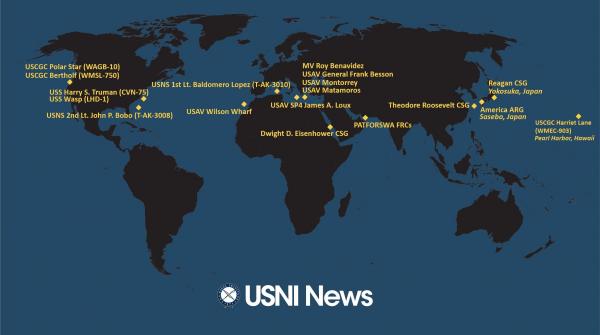Geopolitics begins with the study of maps. But maps are man-made and therefore may be biased for or against whomever and whatever targeted. Reading Putin's map, for instance, reveals why Ukrainians find themselves in a war of national defense.
For another example, Beijing might want to identify all the U.S.-monitored chokepoints a Chinese navy fleet has to encounter, whether above or below the sea. That would be essential for Xi Jinping to understand why the global U.S. Navy continues to wield significant influence today, to put it mildly. *
Meanwhile, maps can unveil historical legacies, such as contested borders, recurrent conflicts, and religious divides, that continue to shape present-day realities. Grasping these historical contexts sheds light on the causes of contemporary geopolitical fault lines.
Last but not least, what about mapping the sky? Looking up and out for strategically positioned satellites can provide valuable insights into space as a potential battlefield. Geopolitics extends to the heavens above, reminding us that political considerations encompass more than just earthly concerns.
Doesn't geopolitics prove that we humans are political animals?
Author: renqiulan
* The U.S. Naval Institute (USNI)

These are the approximate positions of the U.S. Navy's deployed carrier strike groups and amphibious ready groups throughout the world as of April 15, 2024, based on Navy and public data.
|
